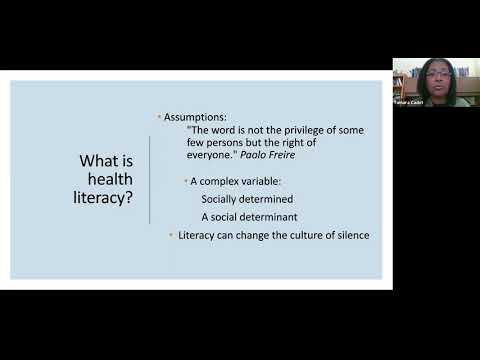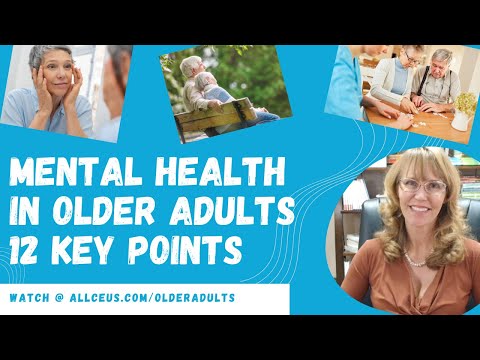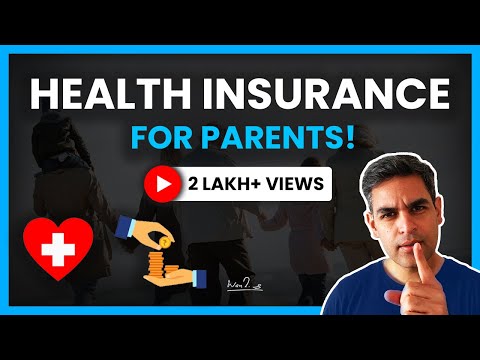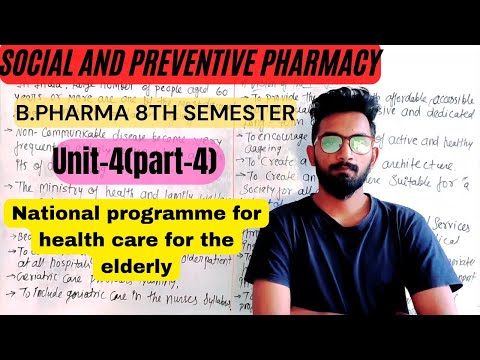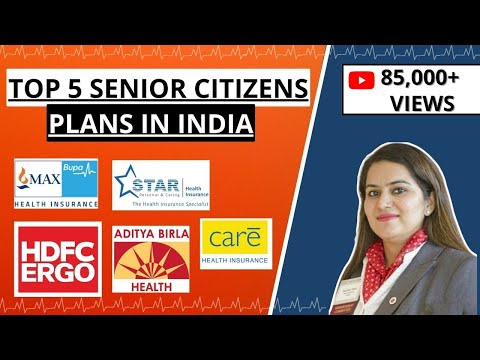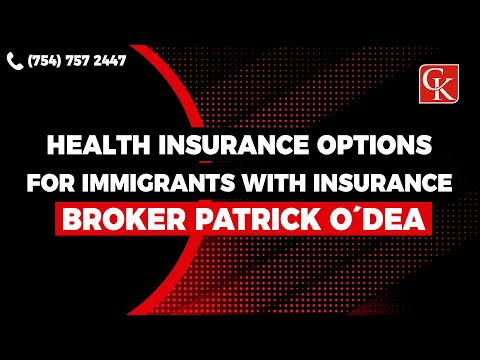The Importance of Health Literacy for the Elderly
Contents
- The Importance of Health Literacy
- What is Health Literacy?
- The Consequences of Poor Health Literacy
- The Link Between Health Literacy and Health Outcomes
- The Relationship Between Health Literacy and Socioeconomic Status
- The Impact of Health Literacy on health care Costs
- The Importance of Health Literacy Education
- Improving Health Literacy Among the Elderly
- Strategies for Improving Health Literacy
- Conclusion
The Importance of Health Literacy for the Elderly
Health literacy is a critical issue for the elderly population. According to the National Assessment of Adult Literacy, nearly 30% of adults aged 65 and over have difficulty understanding and using health information. This can lead to serious consequences, such as not taking medications as prescribed, not following medical advice, or not seeking needed medical care.
There are many reasons why health literacy is a challenge for the elderly. Some may have never
Checkout this video:
The Importance of Health Literacy
This is especially important for the elderly, who may have difficulty understanding complicated medical jargon and instructions. Health literacy is the ability to read, comprehend, and use health information in order to make informed decisions about one’s health. It is a problem if people cannot find or understand the health information they need, or if they misunderstand it.
Low health literacy rates are connected with worse health outcomes, including increased risk of hospitalization, more emergency room visits, and higher mortality rates. In addition, those with low health literacy are less likely to participate in preventive care activities such as cancer screenings. They are also more likely to have difficulty managing chronic diseases such as diabetes or heart disease.
There are a number of ways to improve health literacy among the elderly. One is to provide clear and concise written information that uses plain language. Another is to offer opportunities for interactive learning, such as education classes or support groups. It is also important to make sure that older adults have access to health care providers who can answer their questions and help them navigate the healthcare system.
What is Health Literacy?
Health literacy is the degree to which individuals have the capacity to obtain, process, and understand basic health information and services needed to make appropriate decisions about their health. It is a public health concern because research has demonstrated that low health literacy is associated with worse health outcomes, including higher rates of hospitalization, less effective use of preventative care services, and higher mortality rates.
The elderly are especially vulnerable to the consequences of low health literacy because they are more likely than younger adults to have chronic health conditions that require them to navigate the healthcare system and make complex decisions about their care. Low health literacy can lead to poorer self-care, increased medication errors, and difficulty communicating with providers.
There are a number of ways to improve the health literacy of older adults. Healthcare providers can use plain language when communicating with patients and provide written materials that are easy to read and understand. Community organizations can offer educational programs on topics such as healthy aging, chronic disease management, and advance care planning. And public policies can be enacted to support health literacy initiatives.
The Consequences of Poor Health Literacy
Many older adults have difficulty understanding and using health information, which can lead to poor health outcomes. Poor health literacy is associated with increased risk of hospitalization, use of emergency services, and mortality. In fact, one study found that poor health literacy was associated with a nearly four-fold increased risk of death.
Health literacy is especially important for the elderly because they are more likely to have chronic conditions that require self-management. When older adults cannot understand or use health information, they are less likely to take medications as prescribed, follow recommended treatments, and make healthy lifestyle choices.
There are many ways to improve health literacy among older adults. Health Care providers can use plain language when communicating with patients, provide written materials in large print or audio format, and offer patient education classes. Public libraries also play a role in improving health literacy by offering free resources and programs on a wide variety of health topics.
The Link Between Health Literacy and Health Outcomes
Health literacy is the degree to which individuals have the capacity to obtain, process, and understand basic health information and services needed to make appropriate health decisions (Mayer & Capps, 1999). It includes both the cognitive and social skills needed to access, understand, appraise, andapply health information in order to make competent decisions about one’s health (Kickbusch, Levin-Zamir, & Saxena, 2002). Few would argue that literacy—the ability to read and write—isn’t important for good health. However, other forms of literacy are equally important.
Information literacy is necessary to navigate the complex web of today’s healthcare system. Health literacy also includes “cultural competence”—the ability to work cross-culturally with people from different backgrounds. Research shows that patients with low health literacy are more likely to have poorer health outcomes (Nielsen-Bohlman, Panzer, & Kindig, 2004). They are also more likely to have higher rates of hospitalization and Emergency Department visits (Schyve, 2007).
The Relationship Between Health Literacy and Socioeconomic Status
Health literacy has been found to be inversely related to socioeconomic status. That is, as socioeconomic status decreases, health literacy levels decrease as well. This relationship has been found in a variety of studies and across different populations.
This relationship is likely due to a number of factors. Lower socioeconomic status is associated with a number of factors that can lead to lower health literacy levels, such as less education, lower income, and less access to quality healthcare. Additionally, lower socioeconomic status is also associated with a number of health conditions that can lead to lower health literacy levels, such as cognitive impairment and chronic illnesses.
The relationship between health literacy and socioeconomic status is important to consider when designing interventions and programs aimed at improving health literacy levels. Programs that are targeted towards those with lower socioeconomic status are more likely to be effective in improving health literacy levels among the population as a whole.
The Impact of Health Literacy on health care Costs
There is a growing body of evidence that demonstrates the important role health literacy plays in overall health and well-being. Health literacy is defined as the degree to which individuals have the capacity to obtain, process, and understand basic health information and services needed to make appropriate decisions about their health (1).
The Centers for Disease Control and Prevention (CDC) estimates that nearly 9 out of 10 adults have some form ofLiteracy problem (2). This number is even higher for the elderly, with nearly 1 in 3 adults over the age of 65 having limited health literacy skills (3).
The impact of poor health literacy on individual health is well documented. Studies have shown that limited health literacy is associated with worse self-reported health, higher rates of hospitalization and emergency room visits, more medication errors, and poorer management of chronic diseases such as diabetes and hypertension (4-7).
What is less well known is the impact that poor health literacy has on healthcare costs. A recent study estimated that inadequate health literacy skills among seniors in the United States leads to $106 billion in annual healthcare expenditures, or an average of $2,068 per person (8). Other studies have estimated even higher costs, ranging from $130-$214 billion annually (9,10).
There are several reasons why poor health literacy leads to higher healthcare costs. Individuals with low health literacy skills are more likely to visit the emergency room or be hospitalized because they do not understand how to properly care for themselves or manage their chronic conditions (11-13). They are also more likely to experience medication errors because they do not understand how to take their medications correctly or may not be able to read prescription labels properly (14-16). In addition, individuals with low health literacy skills are less likely to participate in preventative care activities such as screenings for cancer or cholesterol, which can lead to more serious – and costly – problems down the road (17-19).
Despite the clear link between poor health literacy and higher healthcare costs, there has been relatively little attention paid to this issue by policy makers. This is beginning to change, however. In 2010, the Affordable Care Act included a new requirement that all federally funded educational materials be written at no higher than an 8th grade reading level (20). And in 2012, CMS released new guidelines urging clinicians to assess patients’health literacy levels and use “plain language” when communicating with them about their care (21).
These are important first steps, but much more needs to be done. Health Literacy Month is a time to raise awareness about this important issue and take action to improve our nation’s Health Literacy levels.Helping patients understand their medications can lead us move one step closer A Call To Action For Improved Health Literacy wrote by U.S Department Of Health & Human Services
The Importance of Health Literacy Education
Health literacy is a term used to describe a person’s ability to read, understand, and use health information. It is important for everyone, but it is especially important for older adults.
The federal government’s National Institute on Aging (NIA) has estimated that only 12% of Americans over the age of 60 have adequate health literacy. This means that older adults are at a higher risk for not understanding their health care instructions and not being able to follow them. This can lead to serious problems, such as not taking medications as prescribed or not getting preventive screenings.
There are many reasons why older adults may have low health literacy. For example, they may have never had the opportunity to learn about health topics or they may have cognitive decline due to Alzheimer’s disease or other conditions. Additionally, the health care system can be complex and difficult to navigate, even for people with high levels of health literacy.
The good news is that there are things that can be done to improve health literacy among older adults. One of the most important things is education. Older adults need to be taught about how to find and understand health information. This can be done through programs at senior centers or community colleges, for example. Additionally, hospitals and clinics can provide written materials that are easy to read and understand.
It is also important for healthcare providers to take steps to ensure that their patients have adequate health literacy levels. This means using clear and concise language when discussing medical information and providing written materials that are easy to read and understand. Additionally, providers should make an effort to build relationships with their patients so that they feel comfortable asking questions and seeking help when needed.
Improving Health Literacy Among the Elderly
There is a growing recognition of the importance of health literacy for the elderly. Health literacy is the ability to read, understand, and act on health information. It is a critical skill for older adults, who are often dealing with complex health issues and making decisions about their care.
Poor health literacy can have serious consequences. It is associated with poorer health outcomes, higher healthcare costs, and greater use of emergency services. Older adults with low health literacy are more likely to be hospitalized, and they have a higher risk of re-hospitalization after discharge. They are also more likely to have difficulty managing their chronic conditions.
There are many ways to improve health literacy among the elderly. One important step is to make sure that health information is presented in a way that is easy to understand. This may involve using simple language, providing visual aids, and breaking down information into smaller steps. Another important step is to provide opportunities for older adults to practice their health literacy skills. This can be done through educational programs, support groups, and online resources.
Strategies for Improving Health Literacy
Poor health literacy is a significant problem in the United States particularly among older adults. Health literacy is the ability to read, understand, and use health information in order to make informed decisions about one’s health. It is a complex issue that is influenced by many factors, including education level, previous experience with the healthcare system, cultural background, and cognitive abilities.
Unfortunately, many older adults lack the health literacy skills necessary to navigate the complex world of healthcare. This can lead to communication difficulties with providers, difficulty understanding and following medical instructions, and poor self-care. Poor health literacy is also associated with increased emergency room visits, hospitalizations, and mortality rates.
There are a variety of strategies that can be used to improve health literacy among older adults. These include:
-Providing plain language materials: All health information should be written in clear, concise language that can be easily understood by people with limited reading skills or English proficiency.
-Using visual aids: Pictures, diagrams, and videos can be helpful in conveying complex information.
-Breaking down information into smaller chunks: Information should be presented in small pieces so that it is not overwhelming.
-Encouraging questions: Patients should feel comfortable asking questions and seeking clarification when needed.
-Providing follow-up support: It is important to provide ongoing support after initial instruction have been given. This can help ensure that patients are able to successfully apply what they have learned.
Conclusion
In conclusion, health literacy is a critical issue for the elderly population. With an aging population, the need for clear and concise health information is more important than ever. Health literacy is a complex issue, and there are many factors that contribute to its development and maintenance. However, by increasing awareness of the issue and working to improve health communication strategies, we can help ensure that our elderly population has the information they need to make informed decisions about their health.

